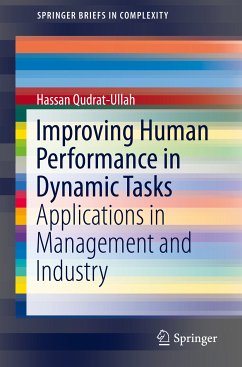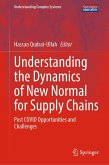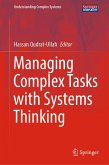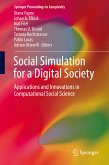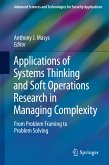Decision making in dynamic tasks can be improved through training with system dynamics-based interactive learning environments (ILE's) that include systematic debriefing. Some key features of the book include its didactic approach, numerous tables, figures, and the multidimensional evaluative model. Researchers can use the developed "evaluation model" to gauge various decision-aiding technologies. How to Improve Human Performance in Dynamic Tasks appeals to those interested in the design and evaluation of simulation-based decision support systems, as well as policy makers, students, researchers, and industrialists concerned by the issue of improving human performance in organizational tasks.
Dieser Download kann aus rechtlichen Gründen nur mit Rechnungsadresse in A, B, BG, CY, CZ, D, DK, EW, E, FIN, F, GR, HR, H, IRL, I, LT, L, LR, M, NL, PL, P, R, S, SLO, SK ausgeliefert werden.
Hinweis: Dieser Artikel kann nur an eine deutsche Lieferadresse ausgeliefert werden.

